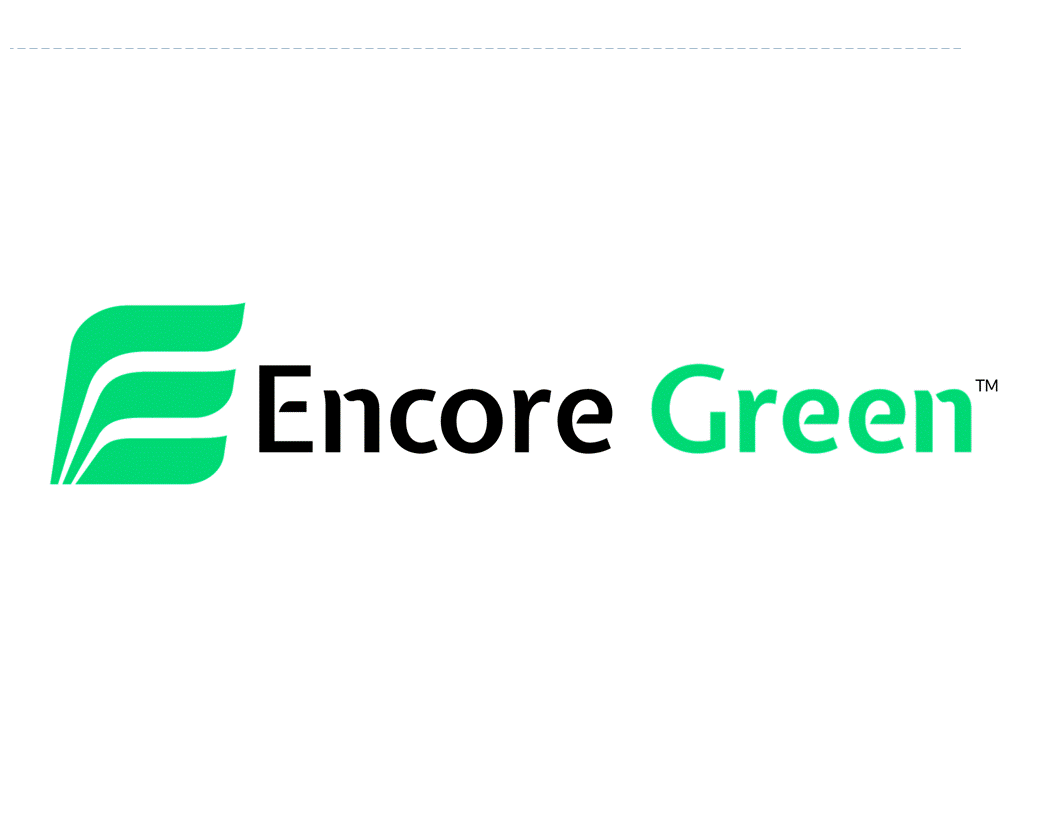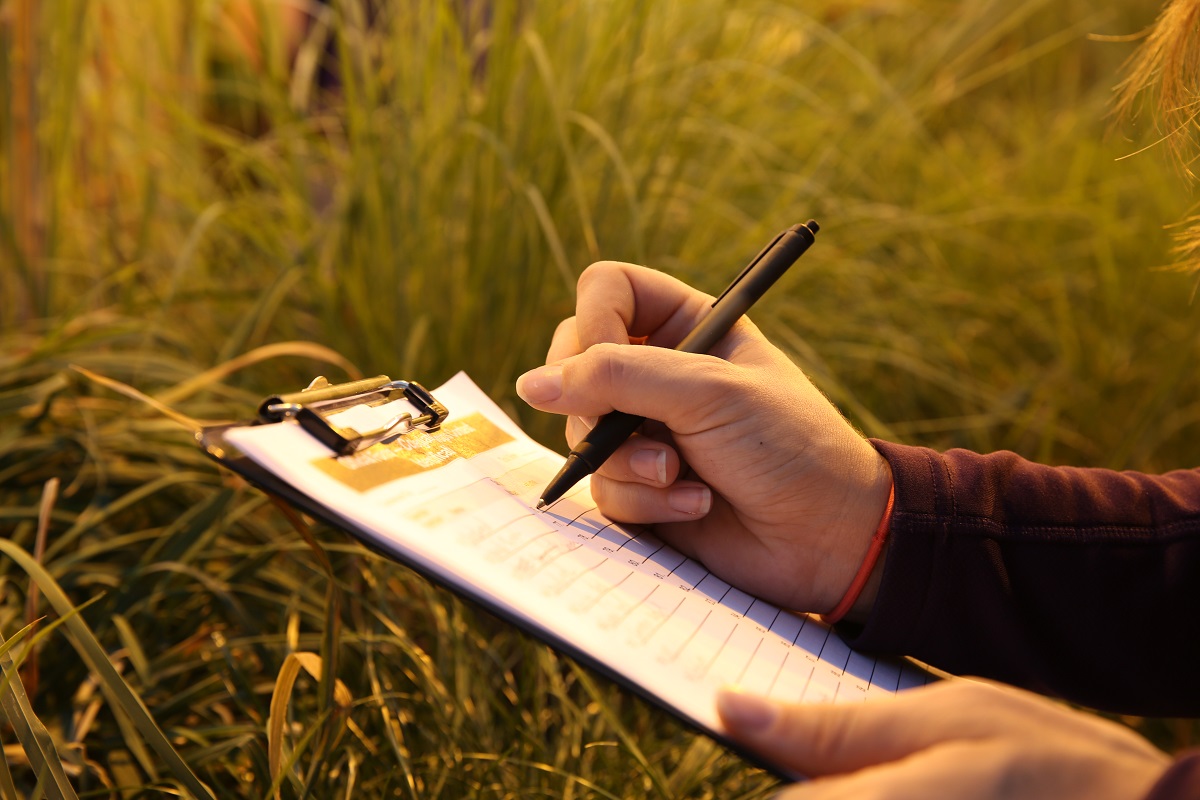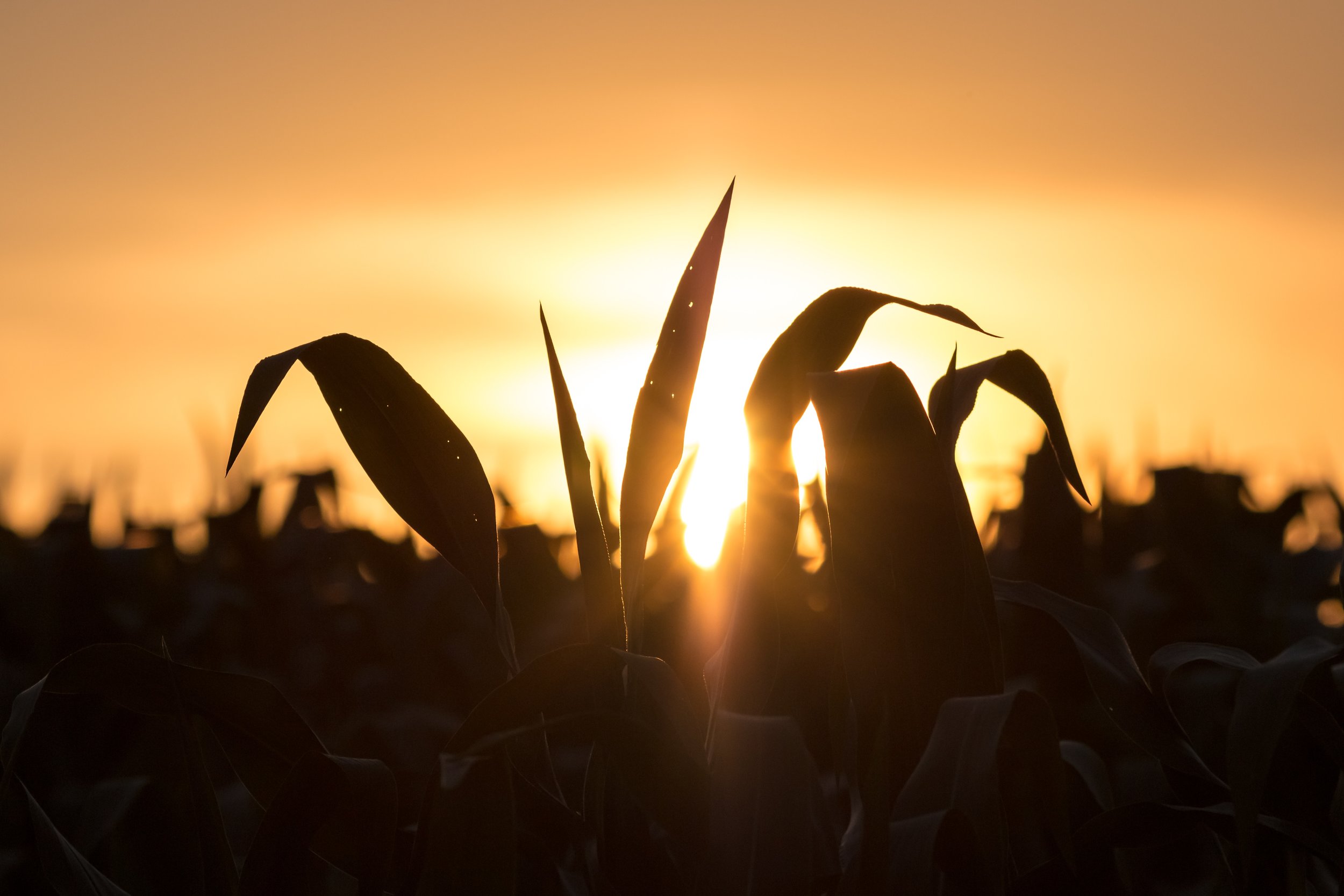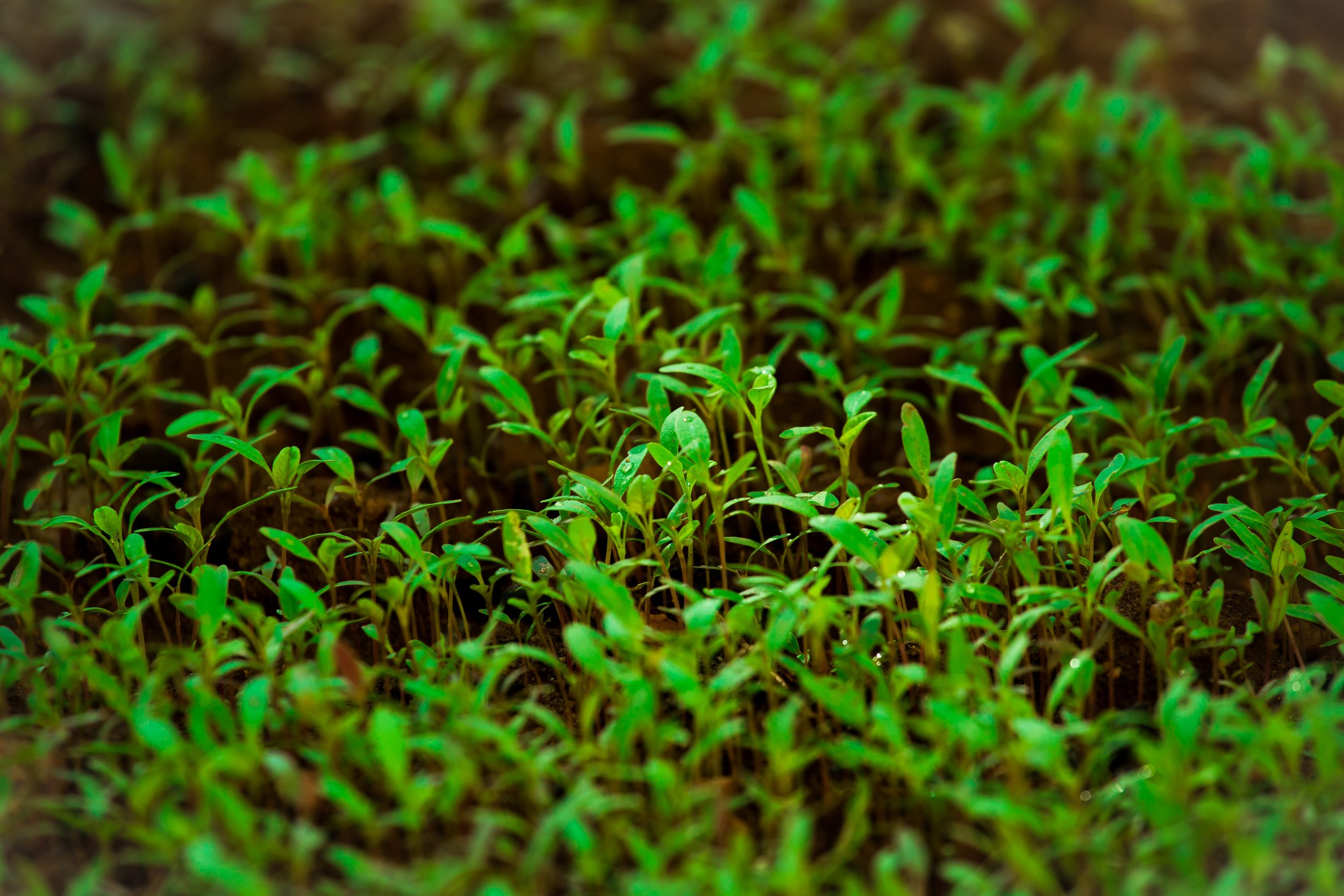When we began to advocate to take oilfield by-product water, clean it up, and apply it on the land for ag and conservation, we kept hearing – “If it ain’t broke, don’t fix it.”
Okay, they didn’t really say it like that.
They said things like, “This is very interesting.” “Well, if you can make that work, that’d be good.” “You keep at it and let us know how it’s going.” But no one really took it seriously.
That was then.
Today, we have proposals in for 5 projects across 3 states. Legislation in multiple states are wanting to see an alternative to injection of by-product water become real. The tide has shifted and it’s coming in.
And it’s coming in hard.
We encourage all stakeholders to take a second look at this. Own land? Work at an oil company? Grow things for a living? Make policy? We need to talk.
The system is broken, unfriendly to the environment, and keeps the dry lands of the West dry.
It’s broken. So, let’s fix it together.
Thoughts on this? Give a call. We love to chat about it. 818.470.0285











